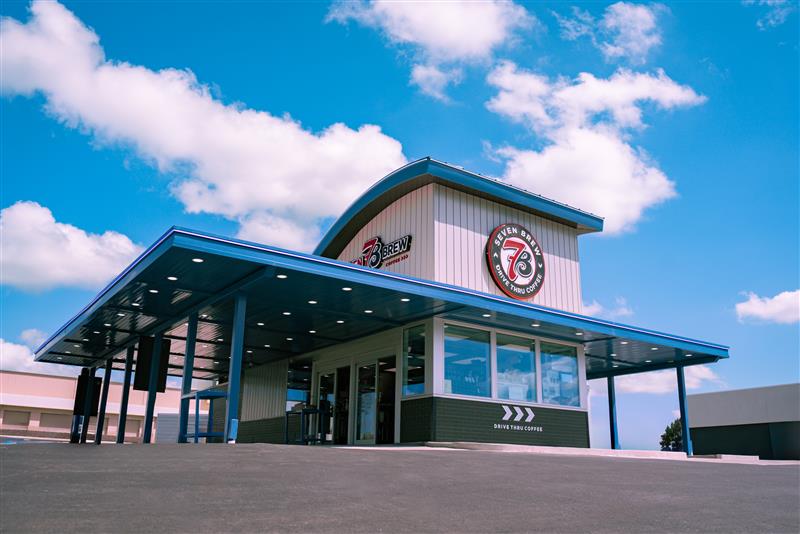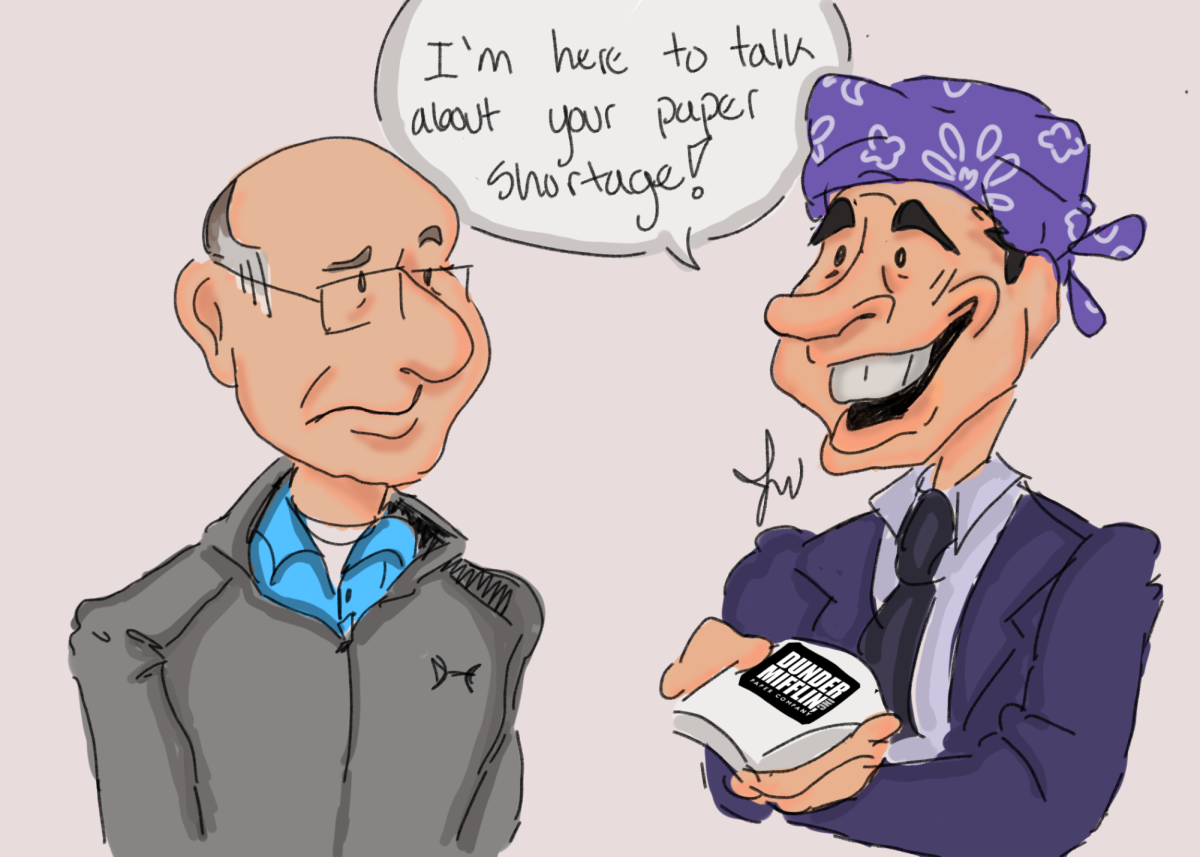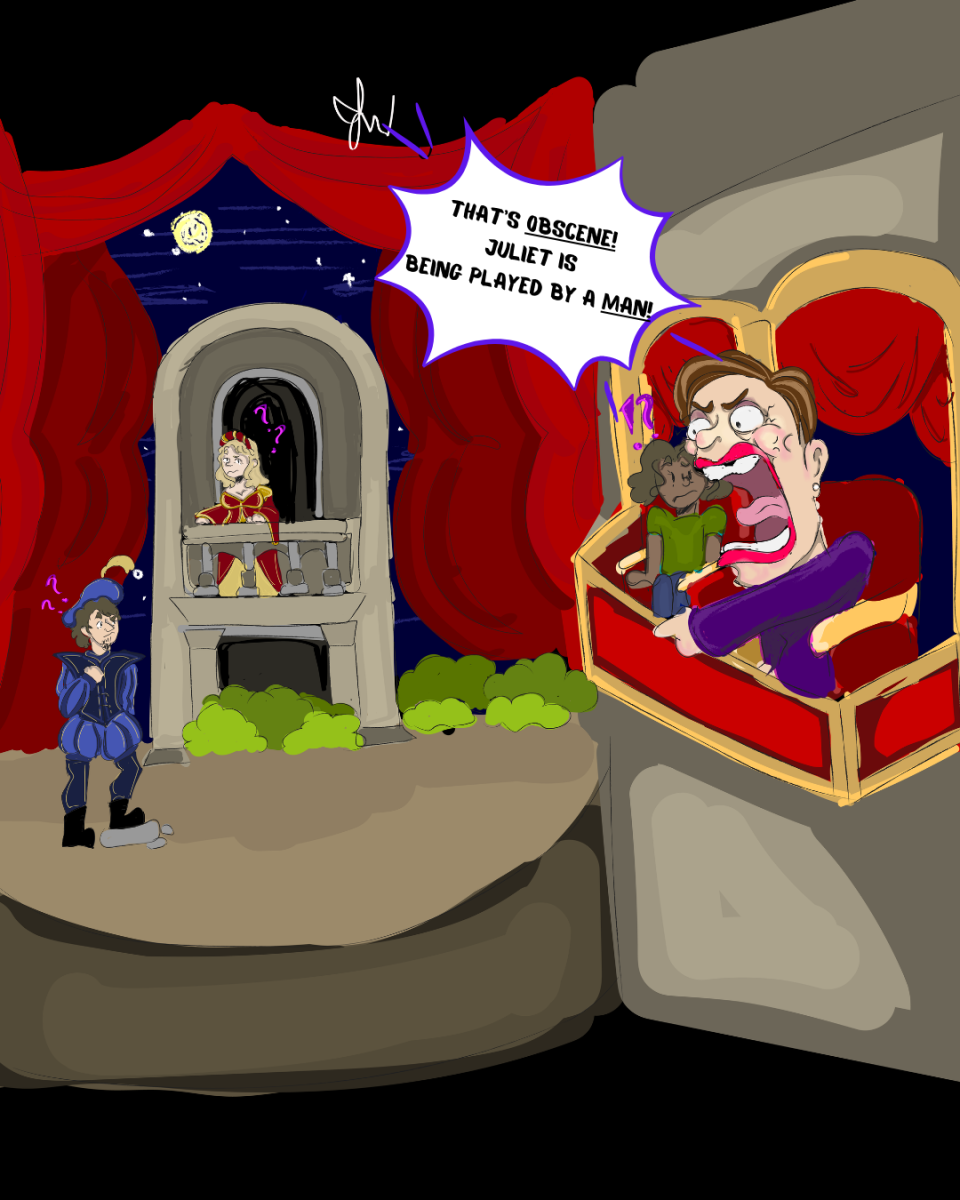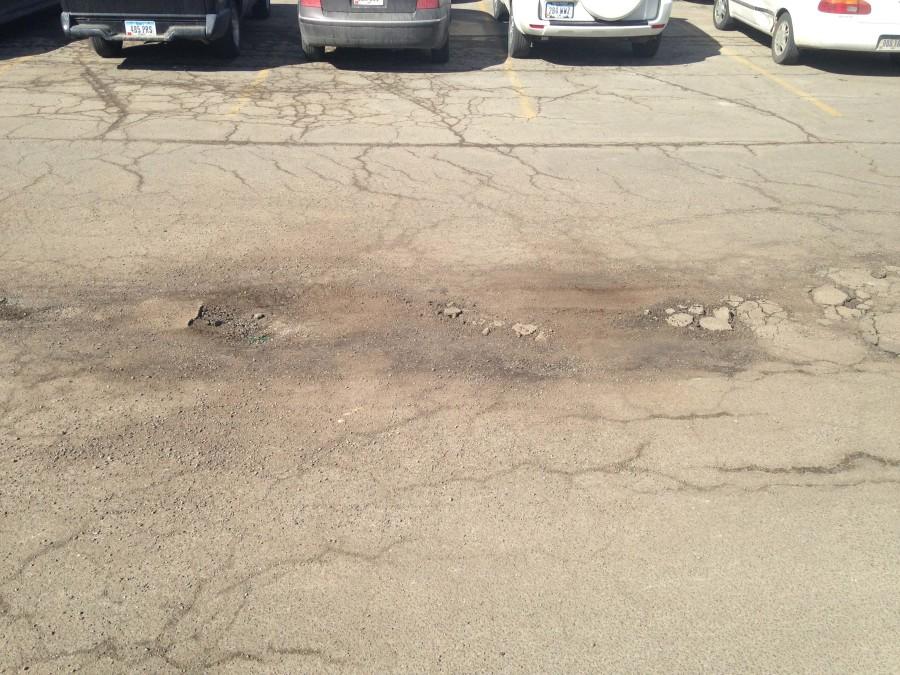Problems with potholes
March 19, 2015
During the end of winter and beginning of spring, drivers began to see and feel a change in the way they drive. Road conditions worsen as the cracks and potholes caused by winter conditions are exposed, revealing a car’s suspensions worse nightmare.
“Potholes come to life,” Cedar Rapids public worker director Dave Elgin said. “As water seeps into cracks in the pavement, freezes, and lifts up the pavement, which fractures more as traffic passes over it, the asphalt pops out where the pavement fatigue is the worst.”
Potholes are caused by the winter’s cold air forcing the pavement upwards, allowing the precipitation from snow or sleet to move underneath. As temperatures lower, the water begins to freeze and expand, causing the massive cracks and potholes that will later be a greater risk as March’s rain washes the roads away and drivers proceed over the diminishing structure.
“For the most part, potholes [are] just a way of life for pavement management systems,” Elgin said. He also explained in a 2014 interview that the city was unleashing a 10 year street and road improvement program. The program is called “Paving for Progress” and plans to make repairs to interstate systems, as well as rural and residential roads.
Marilyn Sattizahn, resident of Cedar Rapids for over 40 years said, “The roads seems to get worse every year. It’s almost as though the roads we drive on today are the ones they paved when I moved here.” Sattizahn also claimed that improving the roads would improve the appearance of the city and well-being of the residents’ cars.
Last year the city purchased three new hot-patchers to repair the roads, which are asphalt trailers. The cost to taxpayers was $20,000 for each hot-patcher. In the end the patchers would cost taxpayers an average of $7 per pothole for the estimated 100,000 potholes to repair this year.
The city also increased funding, along with the state to improve road conditions on I-380, which as since been completed.



























